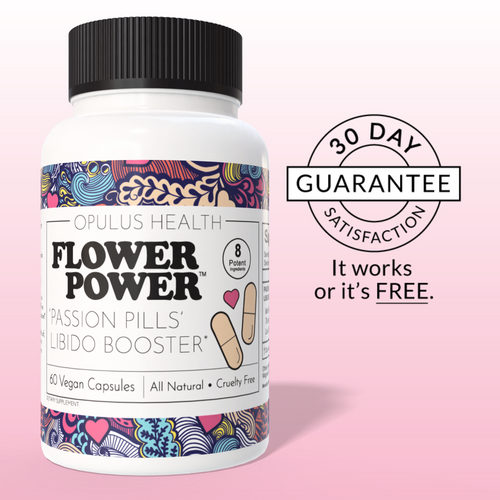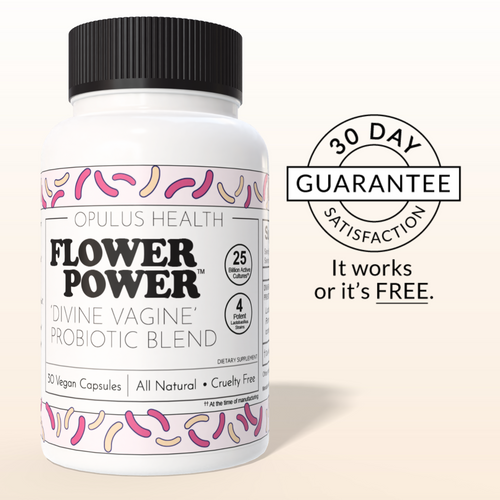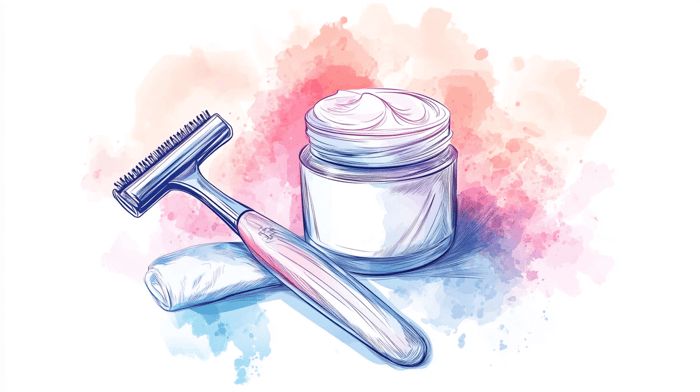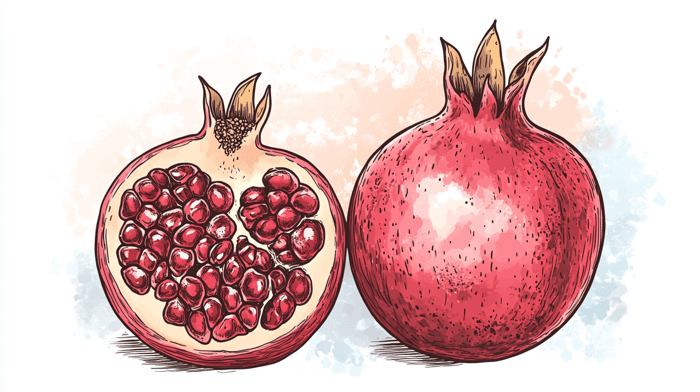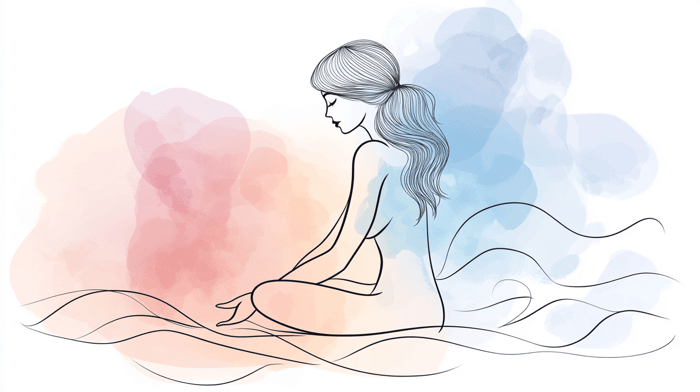The vagina is a self-cleaning organ that maintains a delicate balance of bacteria and pH levels. This balance helps prevent infections like bacterial vaginosis (BV), yeast infections, and vaginal odor. Disrupting this natural balance is often the cause of vaginal health issues.
The vagina contains natural bacteria, known as vaginal flora, which maintain a slightly acidic pH level of 3.8-4.5. This acidity helps prevent harmful bacteria from growing. This is why you don’t need to clean the inside of your vagina — it does that on its own.
As Dr. Jen Gunter, author of The Vagina Bible, explains: "Your vagina is like a self-cleaning oven."
Vaginal discharge is part of this cleaning process. It removes bacteria, old cells, and menstrual blood, leaving the inside healthy and clean.
Why You Should Avoid Douching
Douching and using scented soaps inside the vagina can do more harm than good. These disrupt the balance of healthy bacteria, leading to infections and irritation. It’s best to leave the inside of your vagina alone.
How to Clean the Vulva: Tips for External Care
While the vagina cleans itself internally, the vulva (external genital area) requires regular washing. Here’s how to properly clean it:
Simple Steps for Vulva Care
- Clean with warm water: Warm water is usually enough to remove sweat and bacteria. If you prefer to use soap, choose a mild, unscented brand to avoid irritation.
- Rinse thoroughly: Make sure to rinse off any soap to prevent irritation from residue.
- Gently pat dry: Use a clean, soft towel to dry the vulva, as moisture can lead to bacterial growth.
- Wash daily: Clean the vulva at least once a day, especially after sweating or exercising.
On-the-Go Hygiene Tips
If you’re short on time, here are some quick alternatives:
- Unscented wipes: Use unscented, hypoallergenic wipes designed for feminine hygiene to refresh the vulva.
- Damp cloth: A clean, damp cloth can also help clean the vulva when you can’t shower.
- Portable bidets: Handheld bidets are a great tool for freshening up, especially after using the restroom.
- Change underwear often: Keep dry by changing underwear regularly, especially if you sweat a lot. Consider carrying an extra pair with you.
- Wear cotton underwear: Cotton is breathable and helps absorb moisture, keeping the vulva dry and clean.
Avoiding Common Pitfalls
Here are a few things to avoid when cleaning your vaginal area:
- Avoid deodorants: Deodorants can irritate the vagina and lead to infections. If you notice a strong odor, it may be a sign of infection that requires medical attention.
- Don’t over-clean: Over-washing can upset the natural balance of bacteria, leading to dryness and irritation.
- Avoid harsh materials: Stay away from loofahs and sponges as they can cause micro-tears and irritation.
Understanding Hormonal Changes
Your vaginal health can change throughout your life, especially during your menstrual cycle, pregnancy, and menopause. Hormones play a key role in these changes.
For example, estrogen levels drop during menstruation, which makes the vagina less acidic and more prone to infections. Menopause also lowers estrogen levels, leading to dryness and a higher risk of urinary tract infections.
By understanding how hormones affect your vagina, you can better care for your vaginal health as your body changes.
References:
- Gunter, J. (2019). The Vagina Bible: The Vulva and the Vagina — Separating the Myth from the Medicine.
- Brotman, R. M., Ravel, J. (2016). Ready or not: the molecular diagnosis of bacterial vaginosis. Clin Infect Dis.


